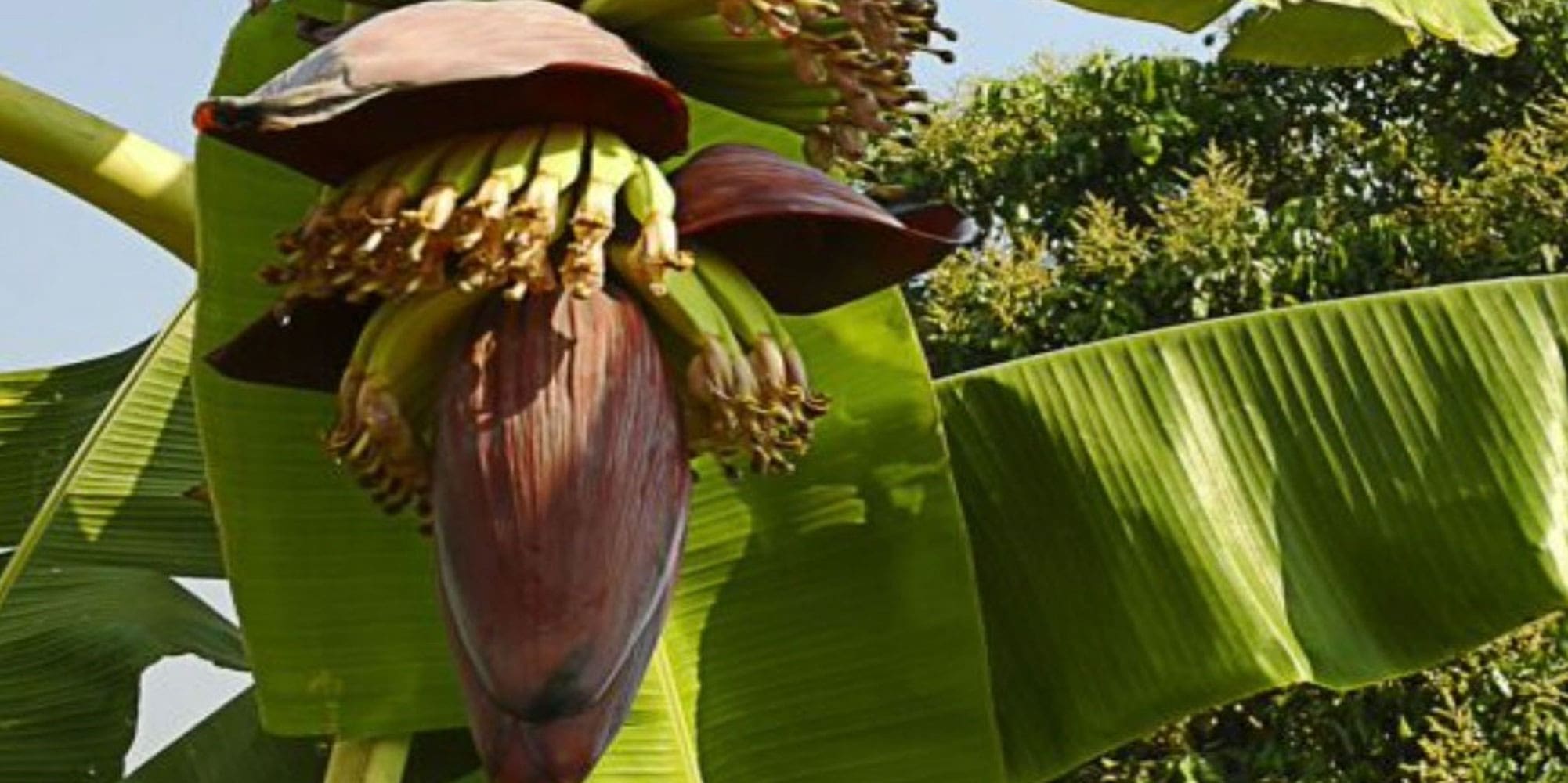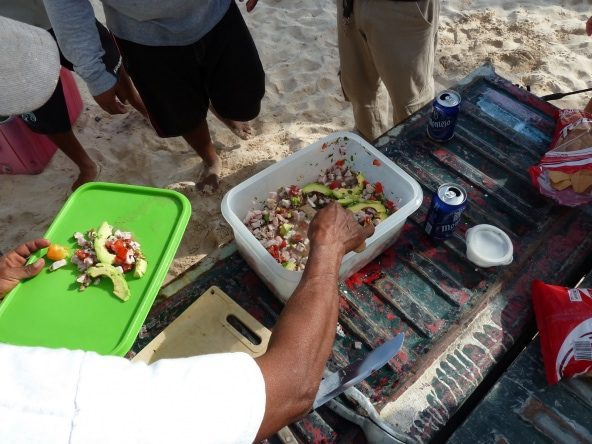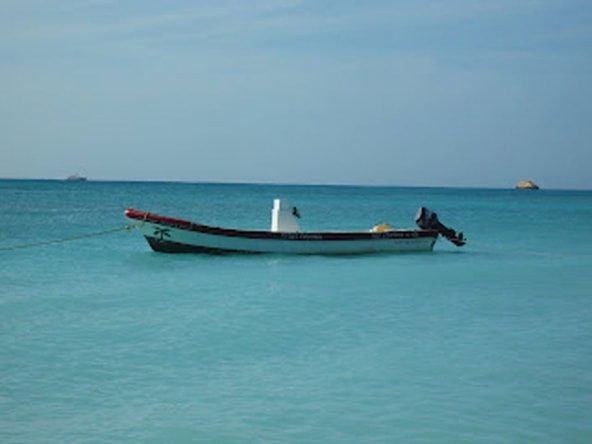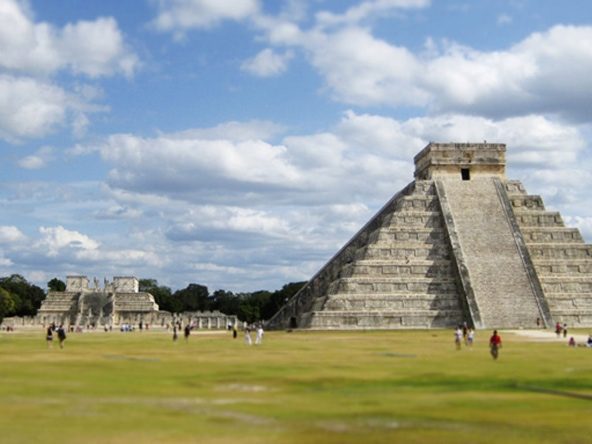
So……. I live in a tropical climate, right? Right. Tropical climates have coconut palm trees, right? Right. Tropical climates also have banana trees, right? Wrong. Tropical climates have banana plants because there is no such thing as a banana tree. Mrs. Princess and I have been watching the banana plant right outside our patio closely for the last two years or so and I finally decided it was time to learn a little more about this most interesting plant. We‘ve been lucky to watch the plant develop as it grew up to us rather than as it grew away from us. All the big banana action has been right at the level of our second floor terrace. We’ve watched this one grow since it was a baby after I accidently killed the full grown mother plant with a single errant chop from my machete two years ago. When I told Mrs. Princess (aka Cupcake) what had happened, she immediately called me inside, pried my machete from my hand and advised me to grow up. She still has my machete hidden away and to this day refuses to tell me of its whereabouts. When George Washington confessed to purposely cutting down a cherry tree he became a general, a hero and a President. I make one little tiny miscue with my machete on a banana plant tree and it’s all over for me. At least I still have my Swiss Army knife on my keychain.
Now that “the baby” is a full grown plant complete with sixty or so bananas, I decided to study up on the internet for fifteen or twenty minutes and now consider myself to be a leading authority on banana tree plants. Are you ready for this? The italicized comments are some of the information that I stole, I mean learned from the internet.
“Banana plants are the world’s largest herbaceous plants.” More importantly, herbaceous is a really great word and I was lucky to be able to use it here. Someday, I may even know what it means.
“By combining a small tree’s stature with enormous yet graceful leaves, banana plants provide an unmistakably tropical look.” I thought this was a rather obvious and useless statement but it must have been important because the person I copied it from has a PhD in banana tree plants. I am going to give him the benefit of the doubt here because besides having a PhD, he has a lot of other abbreviations after his name as well and I don’t have any after mine. For this reason and this reason only, I am going to include his statement in my article. However, I think that I will begin looking for some better sources of information for the rest of my article, I mean thesis. One thing this guy got right is the leaves. They really are enormous and they really are very graceful and attractive. Some of the leaves on our tree are 12 feet long. The leaves grow incredibly fast as they unfurl from a tightly wound, compact stem into a huge beautifully dark green leaf seemingly overnight. That last sentence was all mine. What a great sentence. Who needs a PhD?
Okay….. Here’s a few more comments I took from Mr. Know It All. Notice how he’s really hung up on this “worlds largest herbaceous plant” thing. This is already the second time he’s used it in just a couple of minutes. If I see this word one more time, so help me, I’m getting out my dictionary.“Bananas, the genus Musa, are the world’s largest herbaceous plants, and around 50 species can be found from tropical Africa, India and southeast Asia to northern Australia. The family Musaceae also includes Ensete with six species. Species and cultivars from higher altitudes or latitudes tend to be the best for growing outdoors in the UK.Musa have huge, paddle-shaped leaves that are prone to shredding by the wind, a natural damage-limitation device to prevent the whole leaf being broken off in tropical storms. The leaves split into parallel strips at right angles to their stout central midrib, which can look untidy but they still function effectively. Wind resistance varies considerably between species and cultivars.The stout central ‘trunk’ that leads to bananas being regarded as trees is not woody, but made up of tightly wrapped leaf bases, so botanically is classed as a pseudostem. The growing point, at the tip of the true stem, remains deep inside the pseudostem at the base of the leaves, and in this respect bananas are broadly analogous to bearded iris and canna. Each shoot is monocarpic, dying after flowering, but basal suckers take its place.”
Blahh…. Blah….. Blah……. What a windbag. I could have said all of that in a couple of sentences without using all the big words that he probably just made up to sound smart. He must think we’re stupid. Everyone knows that a pseudostem is just a fake name. And… who gives a rip about growing banana tree plants in the UK? Ever since I read this statement I’ve tried to envision a banana plant next to the Tower of London and no matter how hard I try I just can’t make it happen. If God wanted banana tree plants in the UK he would have put them there a long time ago. Also I think the way this guy throws in the phrase “basal suckers” at the end of the paragraph is really tacky. I don’t know what a “basal sucker” is but I very seriously doubt that it has anything to do with a banana. Okay, that’s it. I’m done with this guy.
Here are some things that I know about bananas:
If you step on a banana peel you will slip.
Green bananas do not taste good. Ever.
It is hard to eat a banana gracefully.
It is a myth that brown bananas should be kept to make banana bread. They should be thrown away. You will never make the banana bread and the bananas will simply rot on your kitchen counter.
The little stringy things along the side of a peeled banana are very annoying and there is always a decision to be made as to whether or not to eat them.
Trying to pull the little stringy things away from the side of a peeled banana will as often as not result in breaking off half of the banana and watching it fall to the ground.
Bananas cut from the plant all ripen at once and you must be prepared to eat a LOT of bananas.
Bananas cut from the plant also turn brown immediately after they turn yellow and you already know what you need to do with brown bananas.
The “Banana Republic” is an overpriced clothing store that sells clothes that wrinkle very easily.
Strangely a “banana belt” is not a clothing item at Banana Republic but a geographic term describing a warmer region of a typically cooler area.
Here in Playa a banana is left unpeeled and squished in the hands until the inside is a mush. Then the top is cut off and the insides are squished into the mouth. I haven’t tried it yet but I am thinking about it.
The average American eats 28 pounds of bananas a year. Someone else must be eating most of mine.
In 1516, Friar Tomas sailed to the Caribbean bringing banana roots with him and planted them here in the tropics, thus beginning the banana’s future in American life. Nice guy.
Once the main plant produces its fruit, it dies. The next one that will take its place is already half grown before the first one dies. This cycle repeats itself over and over. We are getting ready for more bananas.
Sadly, a couple of days ago the second mother plant was cut down by the gardeners. The baby plant is now about six feet high. The watch begins. The Queen is dead. Long live the Queen!




